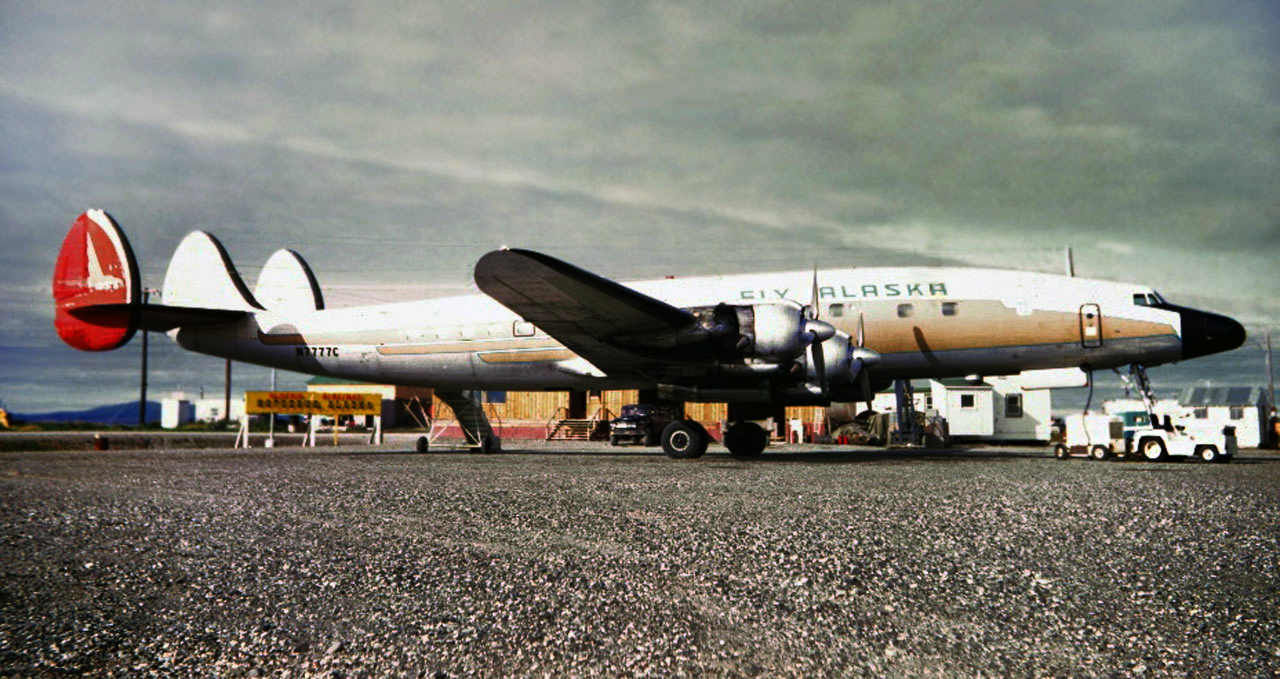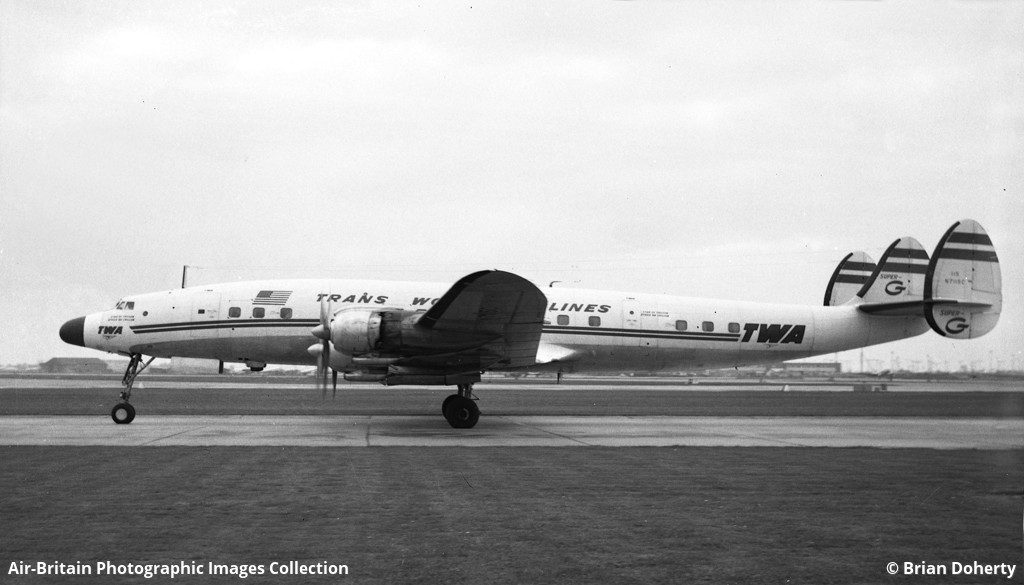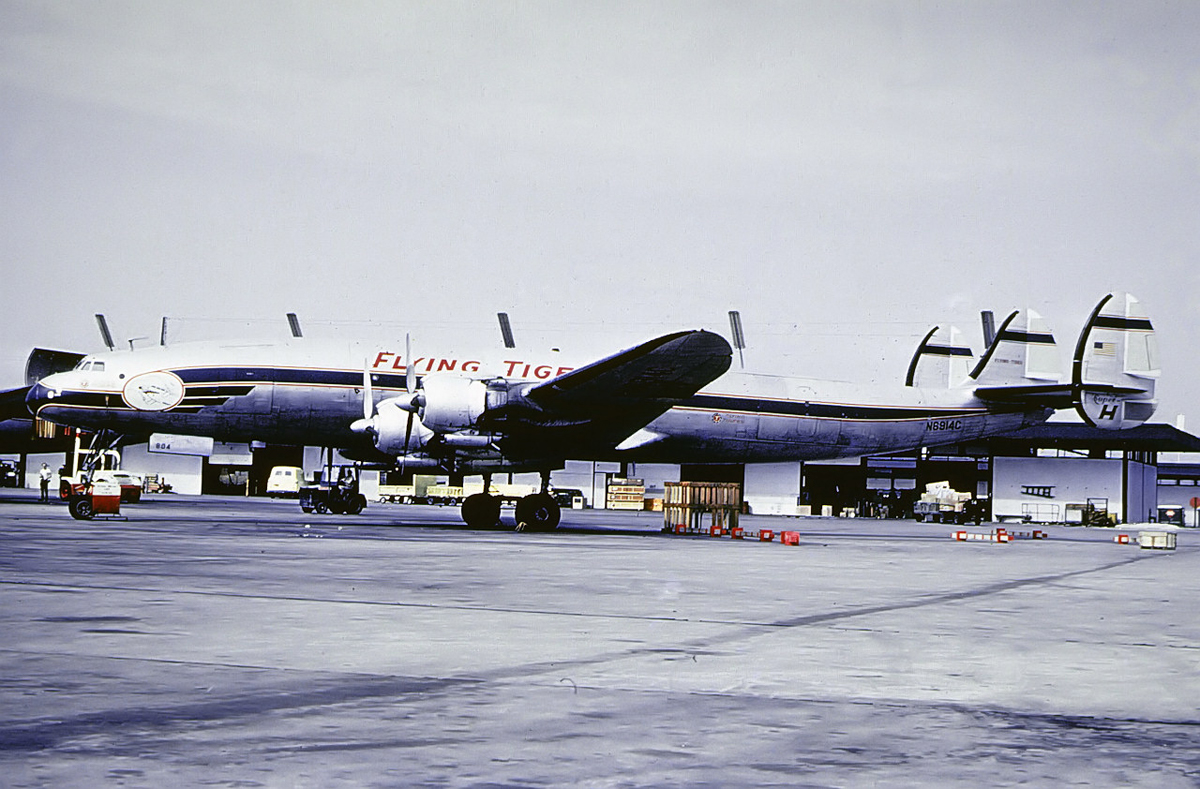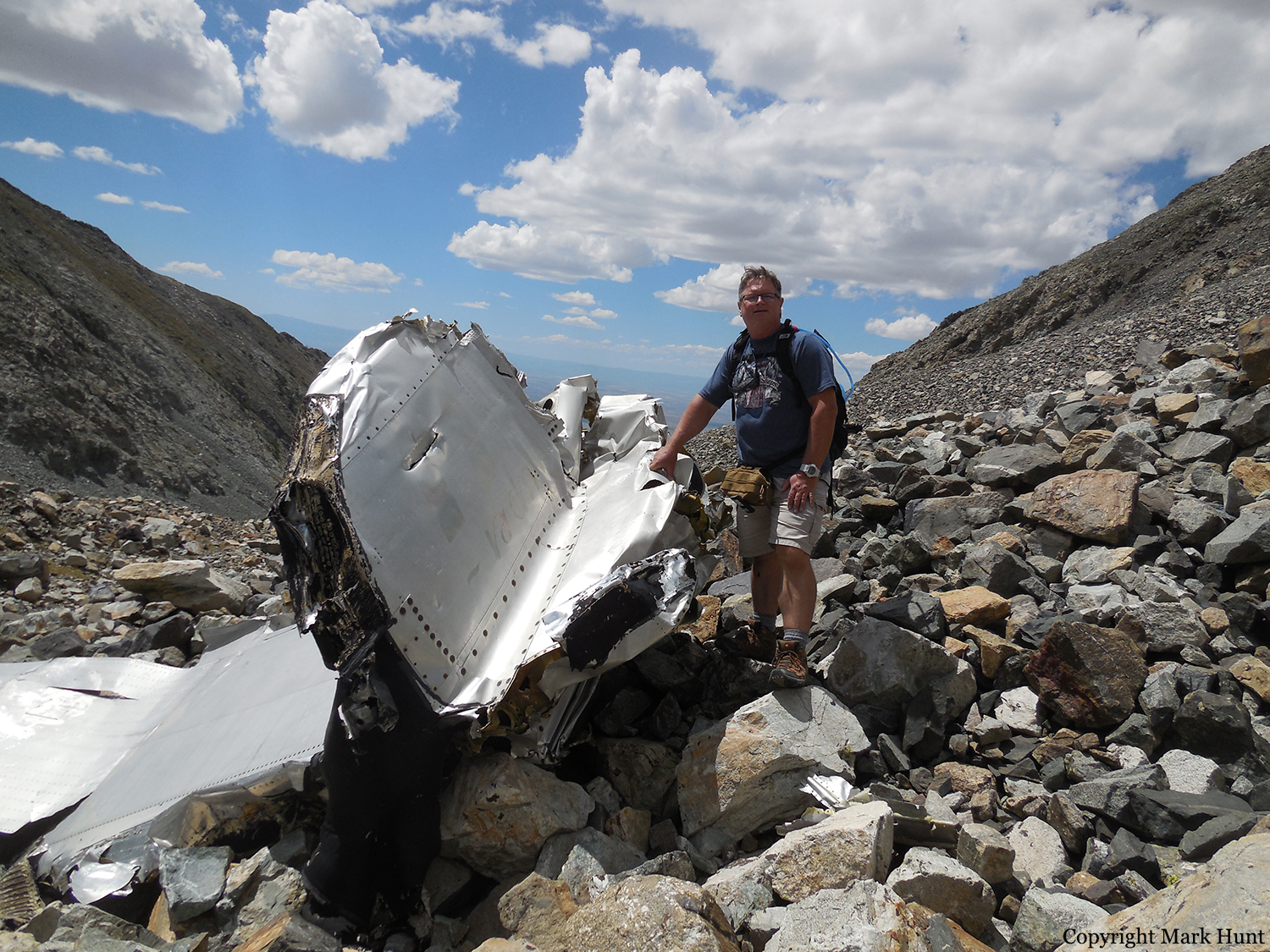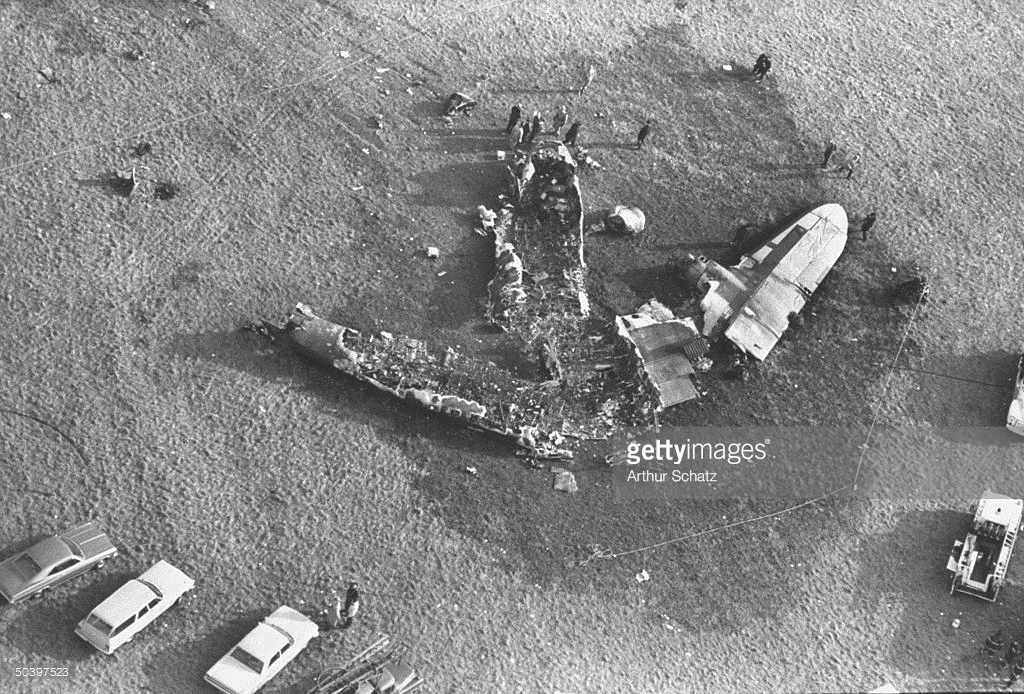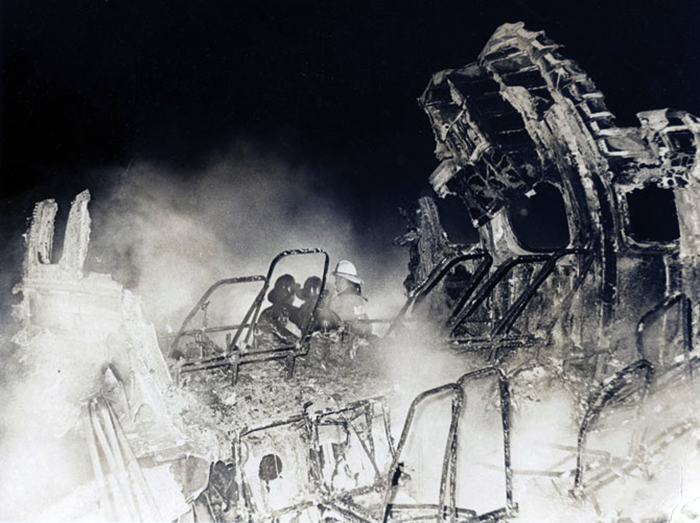Crash of a Lockheed L-1049G Super Constellation in Uli: 4 killed
Date & Time:
Jul 1, 1968
Registration:
5T-TAG
Survivors:
No
MSN:
4642
YOM:
1956
Crew on board:
3
Crew fatalities:
Pax on board:
1
Pax fatalities:
Other fatalities:
Total fatalities:
4
Circumstances:
The airplane was completing a humanitarian flight to Uli, carrying a load of 10,5 tons of medicines. On final approach, the pilot-in-command encountered poor weather conditions when the airplane struck the ground and crashed in flames. All four occupants were killed and the aircraft was destroyed by a post crash fire.




